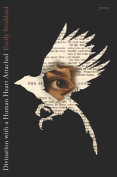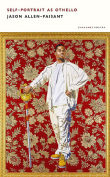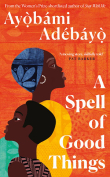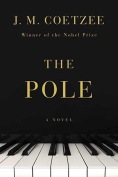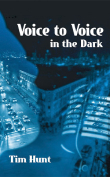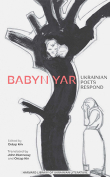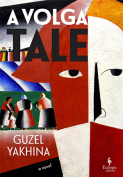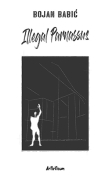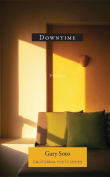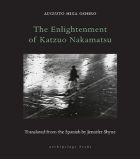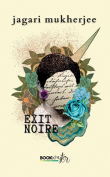Divination with a Human Heart Attached by Emily Stoddard
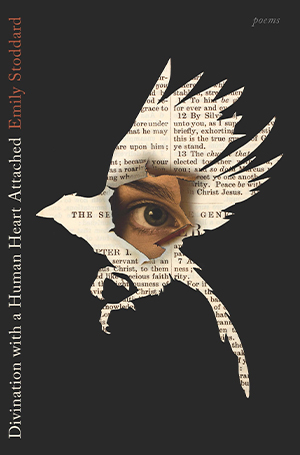 Boston. Game Over Books. 2023. 72 pages.
Boston. Game Over Books. 2023. 72 pages.
The sensitive and finely wrought poems of Emily Stoddard’s Divination with a Human Heart Attached investigate the concept of “mystery” as well as love, transcendence, and the way the mind understands connections. With a framework and backdrop of the Catholic catechism, the works are not subversive in a way that one might expect. Instead, they affirm the need for a text to create a framework out of which true spirituality can emerge. In Stoddard’s poems, divinations involve invoking the concept of the god within, whether defined in terms of the Holy Trinity (or Holy Spirit) or in the way the deep contemplation of art awakens the ability to relate to other people, both in the here and now and in the past.
In “Passion Play,” the reenactments of the people involved in the events leading up to the crucifixion of Christ emphasize the bodies involved (“How close would a Roman soldier need to be / to solicit a gash?”) or contemplate her father, who enacts the role of Jesus, even wearing a crown of thorns (of honey locust) that “leaves a bloody mark on his forehead.” The enactments make the story—whether originally read or listened to, they resonate in a disturbing manner.
“Swoon Hypothesis” starts with a widely promulgated theory that Jesus did not die but simply lapsed into a coma and came to after three days. At issue is the core question, What if it’s all a con, and there is no possibility of miracles or mystery? It’s vexed because there are two knowledge systems in conflict—the one of Locke and empirical, observable evidence, and the Neoplatonic one that absolutely requires one to go beyond reason and admit the potential for subjective, transcendent ways of knowing.
At its core, Stoddard’s work is philosophical—in the way that language means, and in suggesting that poetics destabilizes conventional ways of viewing epistemological structures. In Stoddard’s hands, biblical structures and stories are powerful tools for exposing the mechanisms of an initial rupture of meaning (which could also be viewed as a creation process). The original “garden” (one being Eden) is lost, which sets in motion multiple patterns, processes, and technological chaos, all part of a “hivemind.” After the intense buzzing of the polyphonic voices, the poem closes with a beautiful finality of a voice that speaks meaning: “quiet, the way a lover reveals her disbelief / simply by how she clears her throat.”
Divinations are referred to in a number of poems in the collection: “Sun Square Moon: An Equation as Abecedarian” incorporates the grandmother’s “habit of telling futures in the gaze of newborns.” In “Divination with a Human Heart Attached,” the Prodigal Son story is referred to and used to make the point that biblical stories exist because we need them to exist; and even as we seek closure or structure with a story, we are simultaneously scanning the natural world, seeking an omen, and ushering in the next archetypal narrative, the deeply needed human story that weaves connections between us all.
Susan Smith Nash
University of Oklahoma
